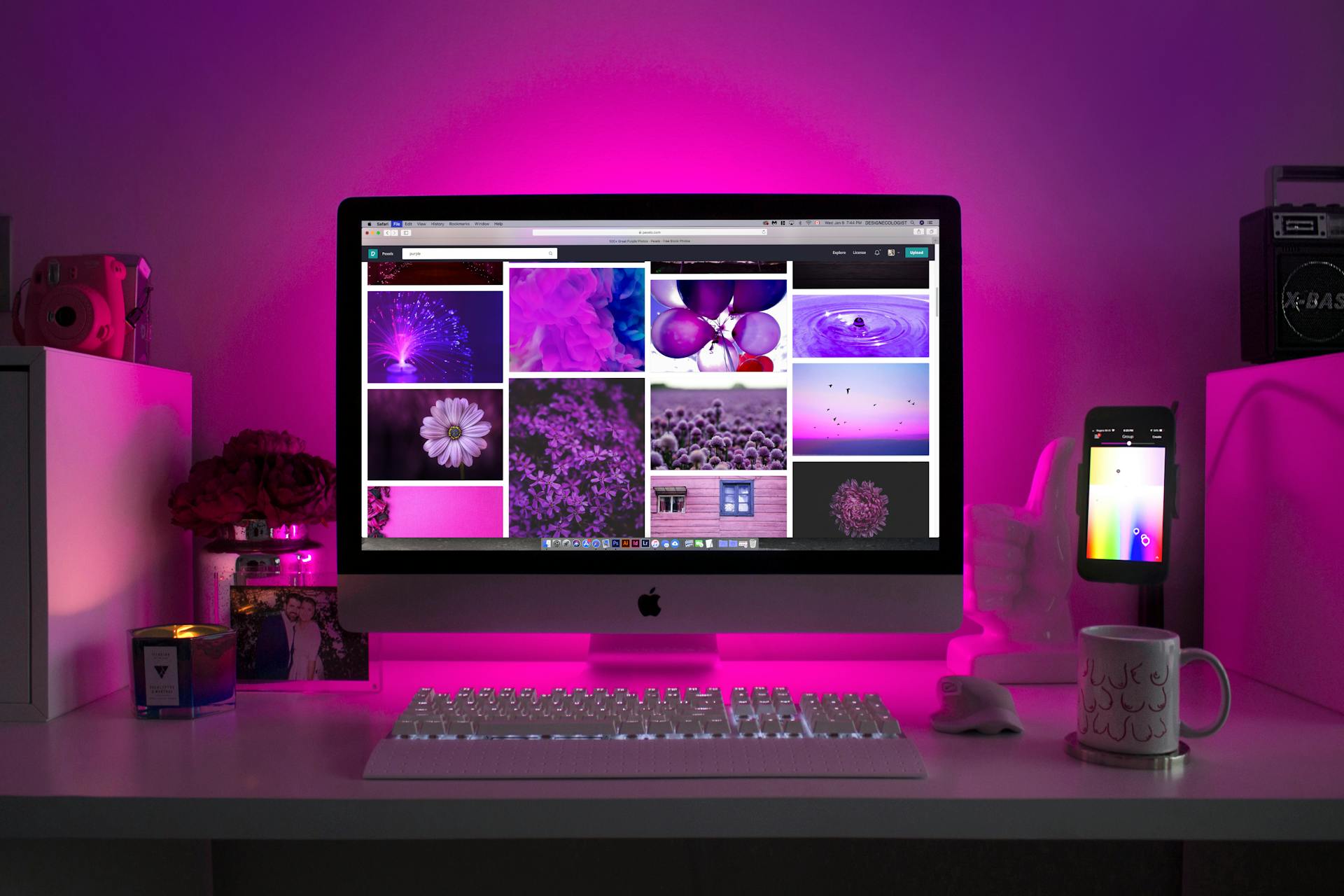As technology continues to evolve, so does the landscape of web design. Staying ahead of the curve is essential for businesses and developers aiming to create websites that are not only visually appealing but also highly functional and user-centric. Here’s a forecast of the trends and innovations expected to shape web design in the coming years.
1. Artificial Intelligence and Machine Learning Integration
Artificial Intelligence (AI) and Machine Learning (ML) are set to revolutionize web design. These technologies can analyze user behavior and preferences, enabling websites to deliver personalized experiences. Expect to see AI-driven chatbots, content recommendations, and dynamic interfaces that adapt in real-time to meet user needs. AI will also aid in automating design processes, making it easier to create and maintain complex websites.
2. Voice User Interfaces (VUI)
With the increasing popularity of voice-activated devices, integrating Voice User Interfaces (VUI) into web design is becoming more critical. Websites will need to support voice search and commands, providing a hands-free and efficient way for users to interact with content. VUI will enhance accessibility and offer a more natural user experience.
3. Immersive Augmented Reality (AR) and Virtual Reality (VR)
AR and VR technologies are set to provide immersive web experiences that go beyond traditional interfaces. AR can be used for virtual try-ons, product demonstrations, and interactive learning, while VR can offer virtual tours and immersive storytelling. These technologies will make websites more engaging and provide unique ways for users to interact with content.
4. Advanced Animation and Microinteractions
Animations and microinteractions will continue to play a significant role in enhancing user experience. Expect to see more sophisticated animations that guide users through a website, provide feedback, and create a sense of interactivity. Subtle microinteractions, such as button animations and hover effects, will make websites feel more dynamic and responsive.
5. Minimalist and Functional Design
Minimalism will remain a dominant trend, focusing on clean, simple designs that prioritize functionality. This approach reduces clutter and helps users find information quickly and easily. Minimalist designs will emphasize readability, fast loading times, and intuitive navigation, ensuring a seamless user experience.
6. Dark Mode and Customizable Themes
Dark mode continues to be popular, offering a sleek, modern look and reducing eye strain. In the future, expect websites to provide more customizable themes, allowing users to switch between light and dark modes or choose color schemes that suit their preferences. Customizable themes will enhance user experience and accessibility.
7. Sustainability and Eco-Friendly Design
As awareness of environmental issues grows, sustainable web design practices will become more important. Websites will focus on reducing their carbon footprint through efficient coding, optimizing performance, and using green hosting services. Sustainable design will not only benefit the environment but also improve website performance and user satisfaction.
8. Mobile-First and Responsive Design
Mobile-first design remains essential as mobile internet usage continues to rise. Websites will prioritize responsive design, ensuring they look and function well on all devices, from smartphones to desktops. Mobile-first strategies will focus on fast loading times, touch-friendly interfaces, and streamlined content to provide a superior mobile experience.
9. Progressive Web Apps (PWAs)
Progressive Web Apps (PWAs) offer the best of both web and mobile app experiences. They are fast, reliable, and work offline, providing a seamless experience even in areas with poor connectivity. PWAs will become more prevalent, offering users an app-like experience directly from their browsers without the need to download anything.
10. Inclusive and Accessible Design
Accessibility will continue to be a top priority in web design. Ensuring that websites are accessible to all users, including those with disabilities, will not only comply with legal requirements but also enhance user experience. Designers will focus on creating inclusive interfaces that cater to diverse user needs, incorporating features like keyboard navigation, screen reader compatibility, and accessible color schemes.
11. Advanced Typography and Visual Storytelling
Typography will play a more significant role in web design, with designers experimenting with unique fonts and styles to create visually engaging content. Visual storytelling, using a combination of images, videos, and animations, will become a powerful tool to convey messages and engage users emotionally. This approach will make websites more memorable and impactful.
The future of web design is exciting, with numerous innovations set to transform the way we create and interact with websites. By embracing AI and ML, VUI, AR and VR, advanced animations, and other emerging trends, businesses can create cutting-edge websites that provide exceptional user experiences. Staying updated with these trends and incorporating them into your design strategy will ensure your website remains competitive and relevant in the ever-evolving digital landscape.

